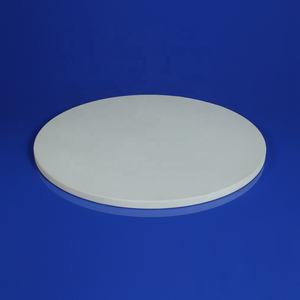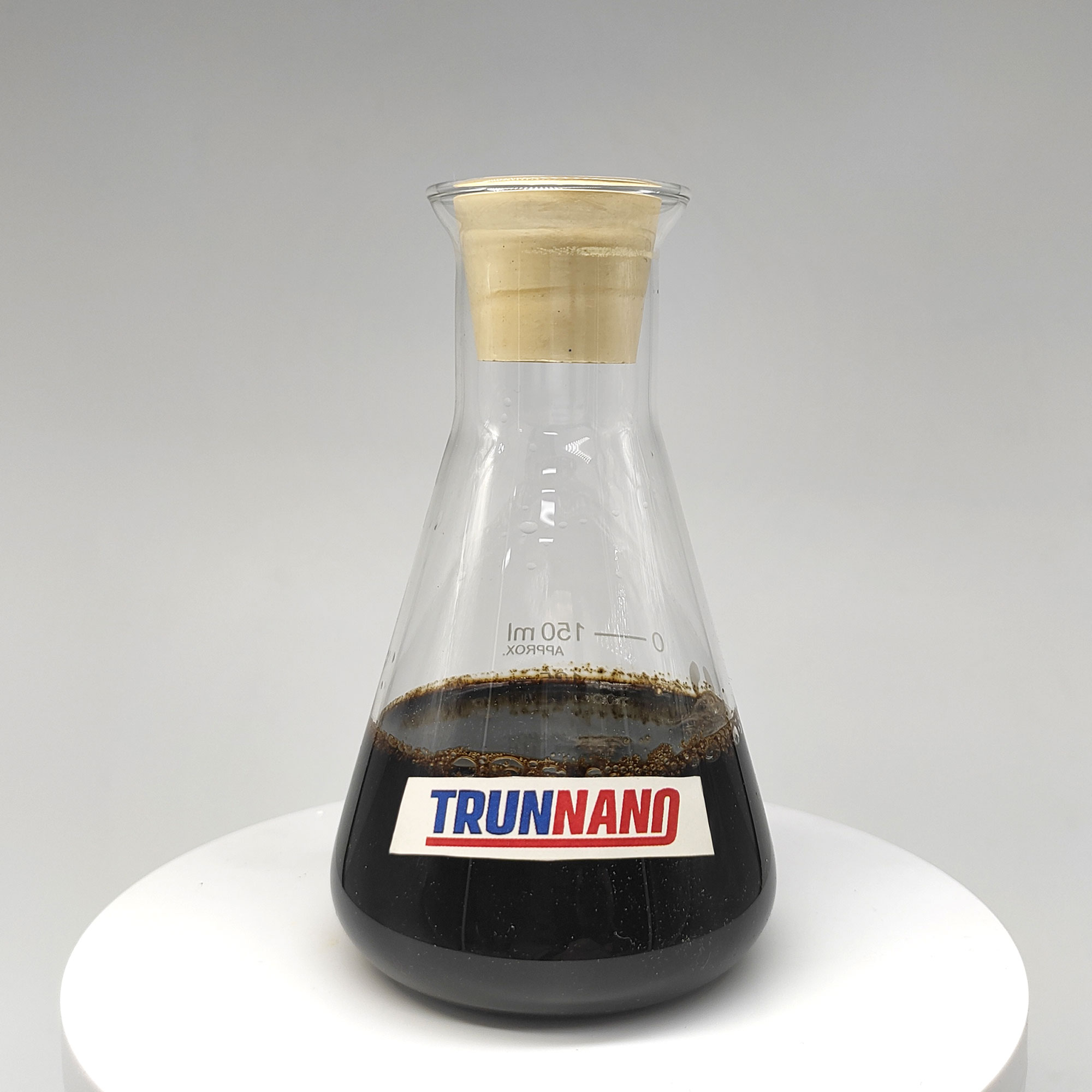1. Characteristics of cement concrete
Advantages: ① Simple process and strong adaptability; ② Raw materials areeasily available and maintenance costs are low; ③ High compressive strength and good durability
④ It has a strong binding force with steel bars and can be used to produce structural components with different performance requirements.
Disadvantages: ① Heavy weight; ② Low tensile strength; ③ Low toughness and poor impact resistance
2. Classification of cement concrete
l According to density (apparent density)
(1) Ordinary concrete: 2350-2500kg/m3, most commonly used in roads and bridges
(2) Lightweight concrete: 1900kg/m3, long-span concrete bridge; superstructure of thermal insulation products.
(3) Heavy concrete: close to 3200kg/m3, shielding all kinds of radiation, used for placing materials in oil wells, hospitals, and atomic energy reactors.
l Divide according to intensity
(1) Low-strength concrete: R pressure ≤ 20MPa
(2) Medium strength concrete: R pressure = 20-50MPa
(3) High-strength concrete: R pressure >50MPa
- According to characteristics
Aerated concrete, polymer impregnated concrete, fiber reinforced concrete, shrinkage compensated concrete, etc.
- According to usage
Structural concrete, insulating concrete, decorative concrete, road concrete, dam concrete, marine concrete, etc.

3. Technical characteristics of cement concrete
l Construction ease of concrete mixture
Definition: Concrete mixture is easy to construct (mixing, transportation, pouring, vibrating and surface treatment) and can achieve uniform quality and dense molding. Workability mainly includes fluidity, compaction, cohesiveness and water retention.
- Determination method of construction workability
(1) The common method is to measure the fluidity of concrete mixtures, supplemented by observation and experience to evaluate other aspects of the workability of concrete mixtures comprehensively.
(2) The most commonly used methods to measure fluidity are the slump test and the VB consistency test.
- Slump test:
a. Test method: Load the fresh concrete three times. Use a tamping rod to tamp each layer 25 times as required. Use a trowel to scrape off the excess mixture. Lift the cone vertically. The concrete will automatically collapse under the action of gravity. Fall, and measure the height difference between the tube and the highest point of the concrete specimen after collapse, accurate to 5mm.
b. Applicable conditions: Concrete mixtures with a nominal maximum particle size of aggregates not greater than 31.5mm and a slump value not less than 10mm.
c. Observe cohesion and water retention:
By using lateral tapping, the sinking changes of the concrete slump body are further observed. If the concrete mixture gradually sinks under tapping, it indicates better cohesion. If the mixture suddenly breaks and collapses, or there is segregation of stones, it indicates poor cohesion.
Observe the uniformity of the mixture and the bleeding condition of the cement slurry to determine the water retention of the concrete. Suppose there is no or only a small amount of cement slurry precipitating from the bottom or exuding from the surface of the mixture during the entire test. In that case, it means that the water retention of the concrete mixture is good. If more cement slurry flows out from the bottom and the aggregates in the mixture are exposed, it means that the concrete has poor water retention.

- Slump test method:
a. Test method: First, according to the slump test method, put the concrete mixture into the container of the VB consistency tester, turn the transparent plate to the top of the concrete sample, turn on the vibration table, and time it. When the bottom surface of the transparent disc is covered with cement slurry, the timing is stopped and the vibration table is turned off. The number of seconds read is the VB consistency value of the concrete mixture, measured in s. The greater the VB consistency, the less fluid the concrete mixture will be.
b. Applicable conditions: For dry hard concrete mixtures with a slump less than 10mm, the nominal maximum particle size of the aggregate is not greater than 31.5mm, and concrete mixtures with a VB consistency between 5 and 30s. It is suitable for evaluating the workability of concrete mixtures formed by vibration.
c. When VB is small, such as roller compacted concrete mixture, a counterweight of 8 700g is added to the transparent disc of the standard VB consistency tester. During the test, the time from the start of vibration to the time when the disc is filled with mortar is recorded. The elapsed time and the amount of sinking of the sample, the former is the consistency index “improved VB consistency value” of the concrete mixture, measured in s, and the latter is used to calculate the compaction degree of the roller compacted concrete mixture.
(3) Other tamping properties, cohesiveness, and water retention properties are determined based on empirical methods.

- Tamping factor test:
a. Fill the upper funnel with concrete mixture, scrape off the excess mixture without tamping, open the bottom door of the funnel, and the concrete mixture will fall into the lower funnel under its own weight. Then open the bottom door of the lower funnel, and the mixture will fall directly into the cylinder container. The concrete on the surface of the cylinder will be scraped off, and its mass will be measured to obtain the density of the partially compacted concrete. Take another concrete mixture and compact it thoroughly, and measure its density. Calculate the ratio of the density of partially tamped concrete to the density of fully tamped concrete, which is called the tamping factor.
b. It is suitable for dry and hard concrete mixtures that are not suitable for slump testing. The biggest particle size of aggregates in concrete does not exceed 40mm. The tamping factor of ordinary concrete ranges from 0.80 to 0.92.

4. Analysis of the main factors affecting the workability of concrete mixtures
l Influence of composition materials
(1) Unit water consumption
When the water-cement ratio is constant, if the unit water consumption is too small, the amount of cement slurry will be too small, there will be insufficient bonding material between aggregate particles, the cohesion of the concrete mixture will be poor, and segregation and collapse will easily occur, and It is not easy to form densely; if the unit water consumption is too much, the fluidity of the concrete mixture will increase, and the cohesion and water retention will also deteriorate, resulting in water leakage, delamination or slurry due to excessive cement slurry. Phenomenon, causing the mixture to segregate.
(2) Water-cement ratio
When the water-cement ratio is too small, the dense formation of concrete cannot be guaranteed under certain construction methods. If the water-cement ratio is too large, the consistency of the cement slurry will be small. Although the fluidity of the concrete mixture will increase, it may cause poor cohesion and water retention of the concrete mixture.
(3) Sand rate
Determination of reasonable sand rate: Reasonable sand rate refers to the sand rate that can maximize the fluidity (slump T) of the mixture and have good cohesion and water retention under the condition of a certain amount of cement slurry. Or it is the sand rate with minimum cement consumption when the fluidity (slump T), strength and cohesion are constant.
(4) Cement variety and fineness
Cement with large water requirements requires more water to achieve the same fluidity. With the exception of gypsum, the mineral composition of cement has no significant effect on the workability of concrete mixtures.
When the fineness of cement increases, its specific surface area increases, which will reduce the fluidity of the concrete mixture. Finer cement can improve the cohesion of concrete mixtures and reduce segregation and water loss.
(5)
The workability of concrete mixtures is mainly related to the maximum particle size, gradation, particle shape and surface roughness of the aggregates.
The fluidity of the concrete mixture will decrease as the maximum particle size decreases, while greater fluidity is obtained when the maximum particle size of the aggregate is larger.
When the aggregate contains less needle-like flake particles, more round particles, and good gradation, the concrete mixture can obtain greater fluidity, and its cohesion and water retention properties are also better.
The aggregate surface is rough and angular, which will raise the internal friction of the concrete mixture and thereby reduce the fluidity of the mixture.
(6) Admixtures
The main admixtures that improve the workability of concrete mixtures are water-reducing agents and air-entraining agents.

l Influence of external factors
(1) Environmental factors
Environmental factors that affect the workability of concrete mixes are temperature, humidity and wind speed.
(2) Time
The fluidity of the concrete mixture gradually decreases with time.
5. Supplier
TRUNNANO is a supplier of concrete materials with over 12 years experience in nano-building energy conservation and nanotechnology development. It accepts payment via Credit Card, T/T, West Union and Paypal. Trunnano will ship the goods to customers overseas through FedEx, DHL, by air, or by sea. If you are looking for high-quality concrete additives, please feel free to contact us and send an inquiry.







